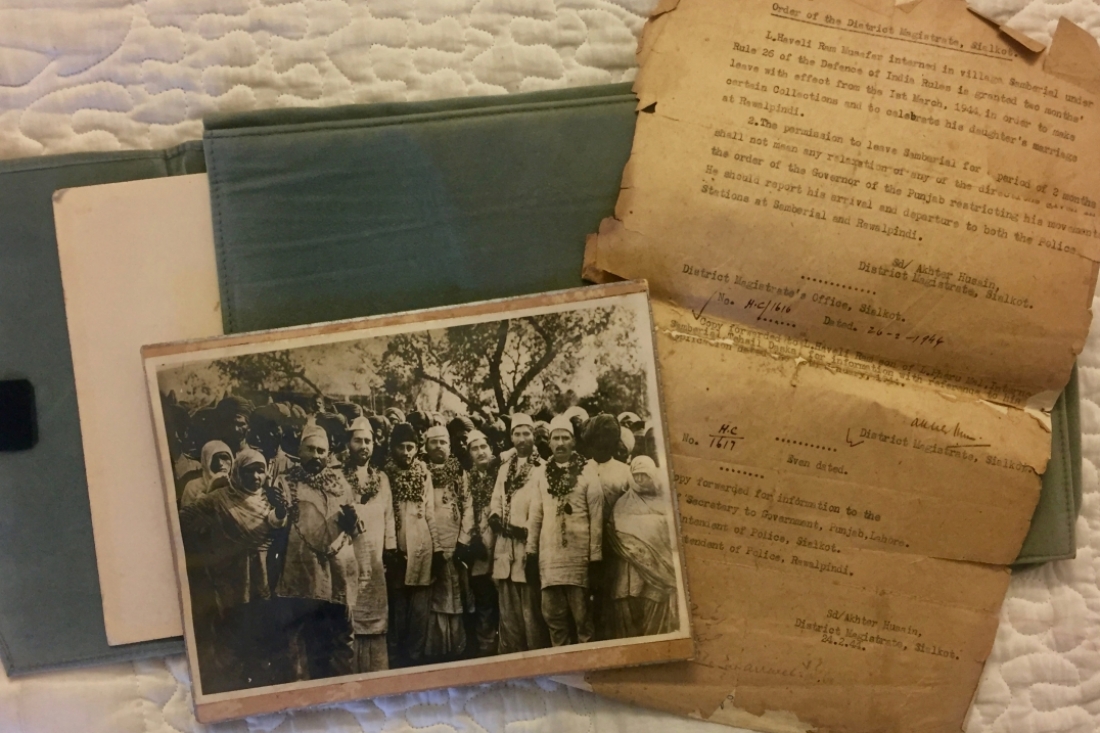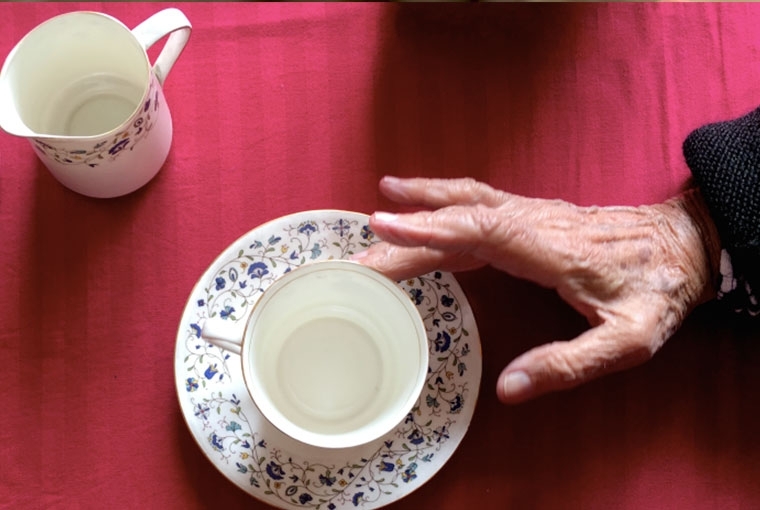
Memoir of a freedom fighter : A letter from Sambrial Jail, 1944

Memoir of a freedom fighter : A letter from Sambrial Jail, 1944
Digging through an old trunk or cleaning out a storage unit and discovering a letter written by one’s great grandparent or seeing a late aunt’s wedding attire are moments that makes one truly feel the transient nature of time and think about the people who have lived, loved and lost and their stories that are told through these material remnants. While such material memories are personal and often subjective, collectively they have the power to tell the story of generations gone by.
Aanchal Malhotra and Navdha Malhotra, who became friends through their shared love for creativity and tactile experiences know this power of material memory and created the digital repository that chronicles the tales of material memory from across the subcontinent. The Museum of Material Memory is a place where one can submit stories about the objects that have existed in their families for generations, and is a place where we can all celebrate our historical materiality, no matter how mundane it might be. ‘Every one of us should be empowered keepers of our own histories, whether they were oral or material based, and we hope that this contribution format will encourage people to explore their histories further.’
While the importance of material memory has always been important for both the founders, it was Aanchal’s personal research for her book Remnants of A Separation: A History of Partition through Material Memory that was the seed of the inspiration of the museum. The time between conceptualization and the launch was spent collecting stories as well as figuring out the technical details, till it went live in September last year. The museum is currently funded by the founders and the stories were completely collected through personal networks, but new contributions are coming in from readers and through social media presence.
The decision to create a digital space for the museum was to ensure accessibility. The distance from these objects is compensated by making sure the gravity of each narrative is highlighted through extensive photographs, descriptions of its physicality and details about the family or the person who owns it. The intent is to is to create a connection that sparks reminiscences of their own.
After receiving a submission, the founders work closely with the person to develop the narrative. The final piece is the result of extensive collaboration and introspection as it is necessary to ask the right questions to bring out the finer details of these stories. There is also the fact that while people have memories to share and stories to tell, they are not comfortable in the writing process. So some of the owners write about the object, take the images and send them in, while there are also cases where we take the images and worked on the narrative with the owner or even completely written piece based on first hand interviews with the owners. Aanchal went on to say ‘Everyone has objects but tracing their origin, doing research, obtaining photographs and getting in touch with relatives for more information is time consuming. Moreover, writing down your personal memories and family history isn’t the easiest task; we do appreciate and understand that. That’s why we are happy for people to even fill out the form which we then convert into a story.’

Two friends survived Partition and changed the way Indians drank tea and coffee
As experts in history, material culture and cultural studies, the founders ensure that they vet the content as much as they can. While the process of vetting is not easy with one’s memories, they do ensure enough research is done on the actual physical, tangible object that is part of each narrative. This amount of research and verification is necessary as their hope is that decades later, people can look back into the Museum and say, ‘these were the things people of the subcontinent used in this time, or these are the clothes they wore, these were the kitchen utensils and metals they preferred, these were the vocations they were a part of and these were the traditions they celebrated.’
You can find the digital repository here
Text Fathima Abdul Kader